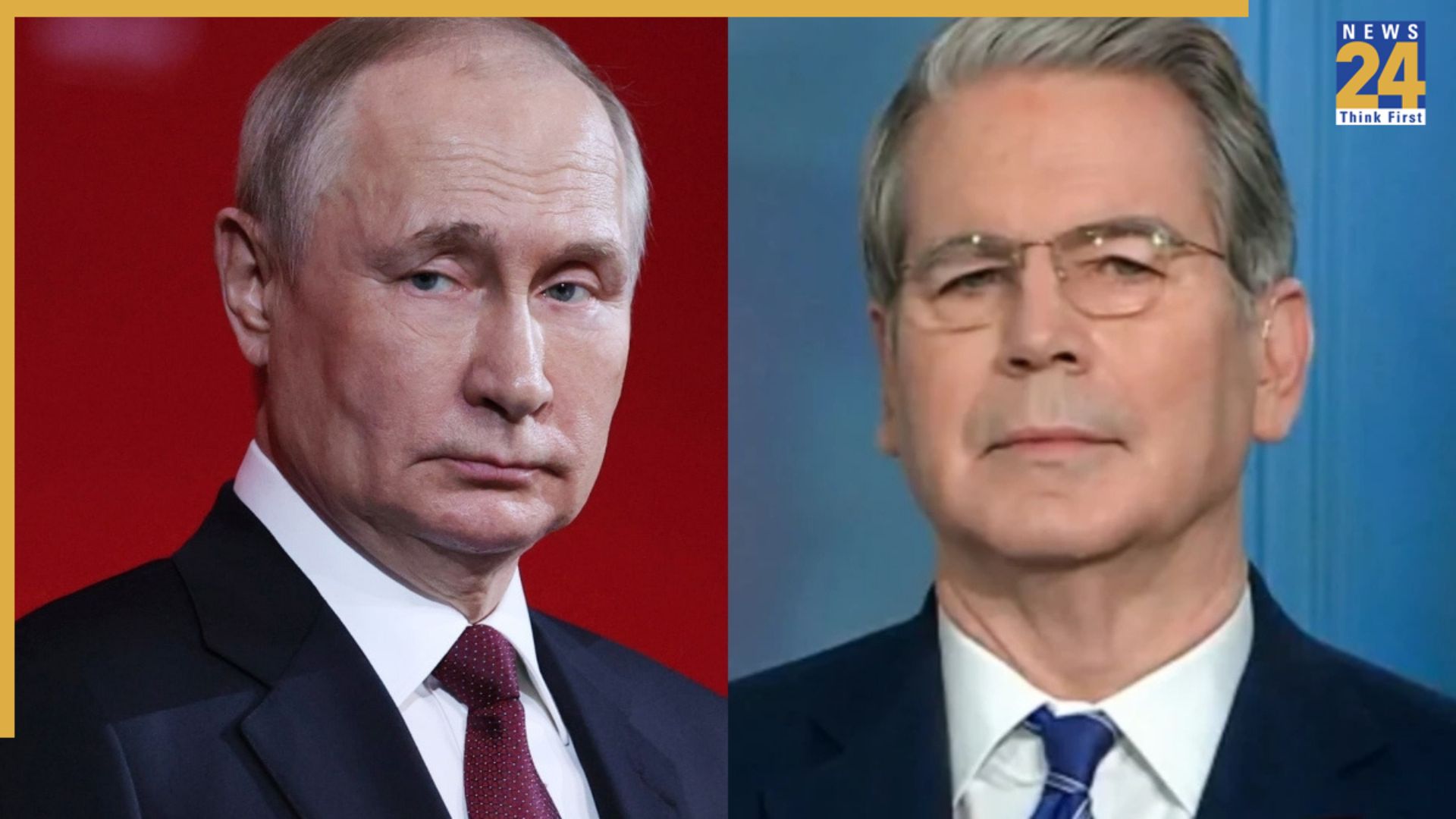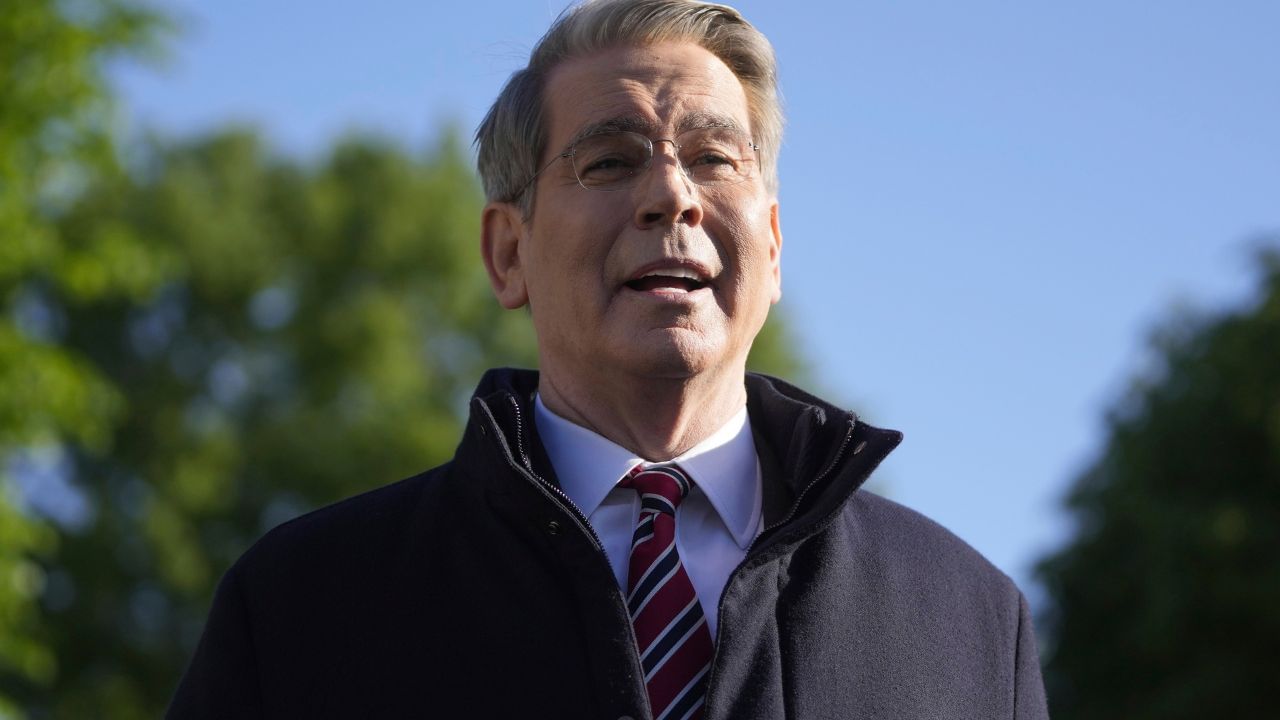The Group of Seven (G7) finance ministers met to discuss new actions against nations that continue to purchase Russian crude…
Browsing: US Treasury
Scott Bessant, the US Treasury Secretary, has called on the Trump administration and European countries to intensify economic pressure on…
Former US President Donald Trump highlighted what he called “historic trade deals,” revealing they have generated significant revenue for the…
The US Treasury Secretary, Scott Bessent, has criticized India for profiting from the resale of Russian oil, alleging that it…





